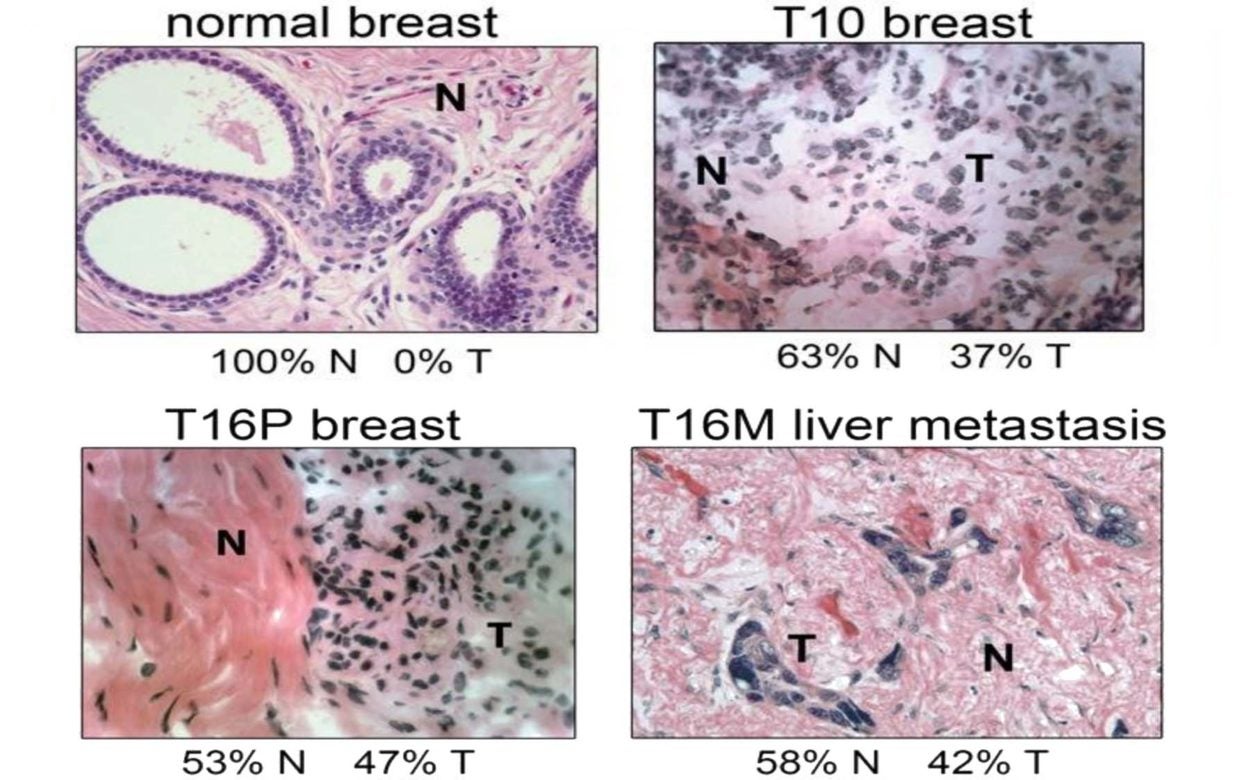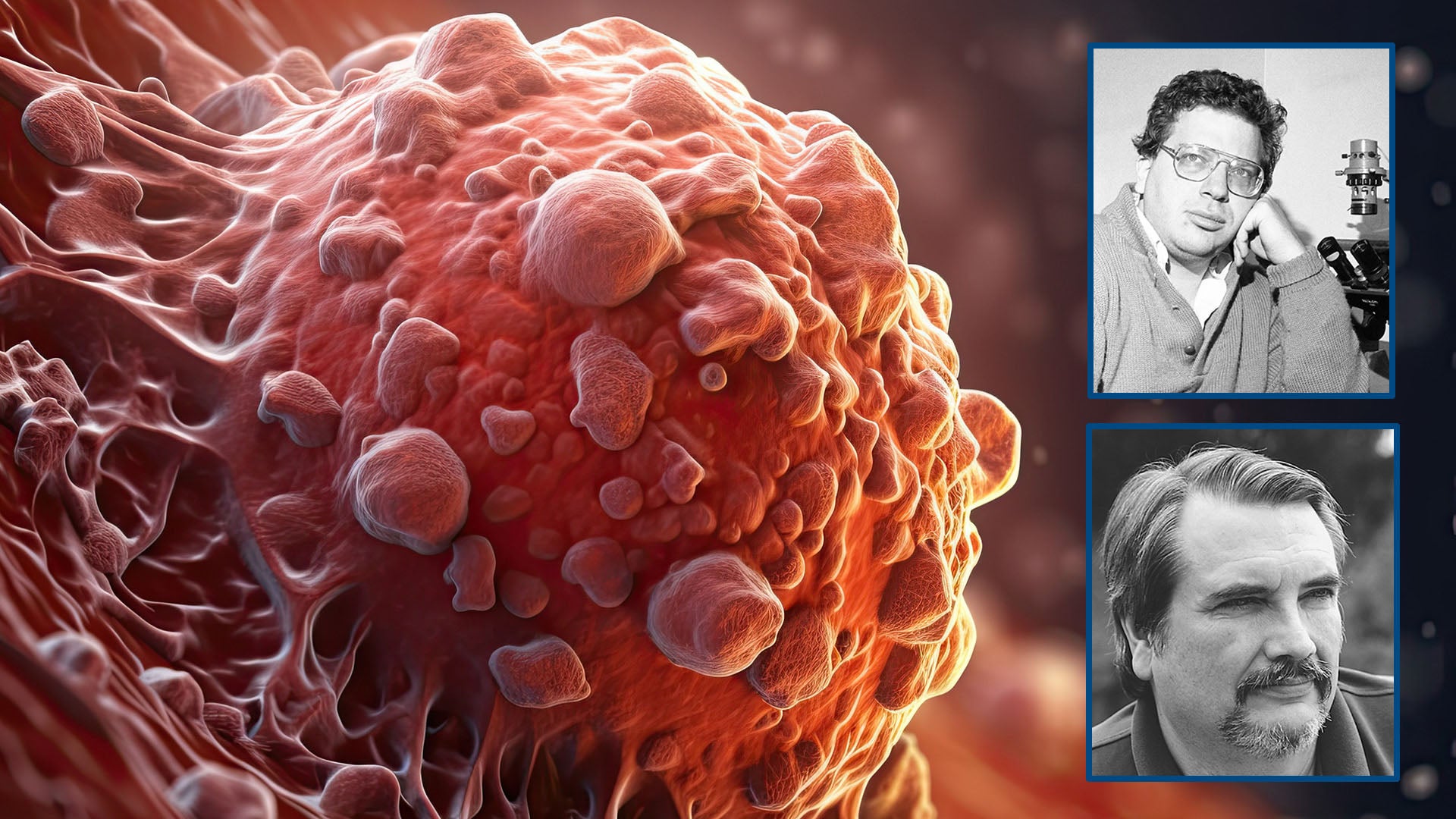What is cancer? How does it develop and spread? And how do we stop it? Thanks to science, today’s doctors can better answer all of these questions. That’s not because of one eureka moment. Instead, it’s the result of thousands of discoveries that built upon each other. Case in point: two of the most important breakthroughs in the history of cancer genetics took place at Cold Spring Harbor Laboratory (CSHL).
The first occurred in the early 1980s when CSHL Professor Michael Wigler and his team helped to identify the first cancer-causing gene (or oncogene) ever found in humans. Wigler’s team showed that a single amino acid change could prompt a normal cell to go rogue, leading to cancer. And this was just the start.
“We found a whole family of genes that encode very similar proteins,” Wigler says. “All of them could possibly be mutated and help drive a normal cell to turn cancerous.” The discovery also confirmed that cancer isn’t always the result of genetically inherited risk.
Another big break came in 2011. This was the year that CSHL Professor W. Richard McCombie, along with Wigler and others, completed the first-ever genomic profile of multiple individual cancer cells within a single tumor. The revelation showed that even in the same tumor from the same person, not every cell is the same. It also proved that tumors can evolve over time. This discovery helped explain why drugs that were once effective for treating a patient will sometimes stop working in the middle of that patient’s treatment regimen.

“It gave us a more detailed appreciation for what a tumor was,” explains McCombie. “You might take a piece of tumor or biopsy and see that a certain drug might work on it, but it won’t work on all the cells in that tumor. Maybe they’re already resistant, or they’ve evolved as the tumor evolved.”
The reverberations of these breakthroughs are still being felt today. New inhibitor drugs that halt the mechanisms by which cancer grows are now being developed based on Wigler’s initial findings. These drugs seek out and bind to cancerous cells in order to stop their growth. And they do so while leaving healthy cells alone.
Additionally, the observation that all tumor cells are not one and the same has been a key driver for the burgeoning field of precision medicine. This approach seeks to target the specific tumors a person has, with the understanding that the treatment may need to change over time. Once thought of as the next frontier in cancer care, precision medicine is now well within reach for doctors and patients across the globe.
It took thousands of small discoveries to get us here. It’s no coincidence that two of the biggest happened at CSHL.
Written by: Jen A. Miller | publicaffairs@cshl.edu | 516-367-8455
